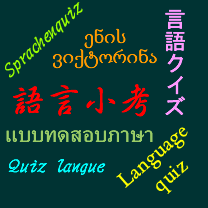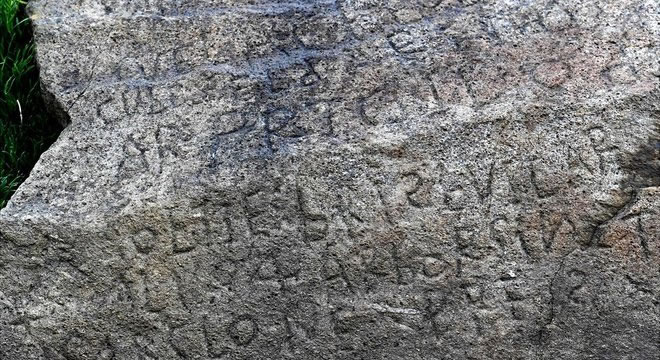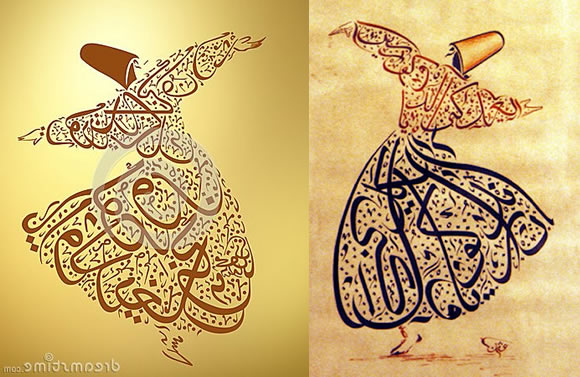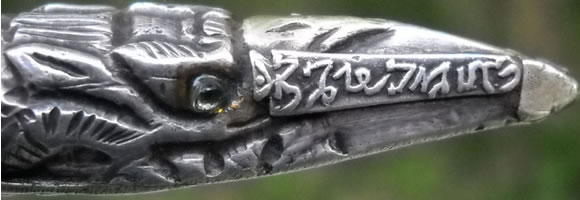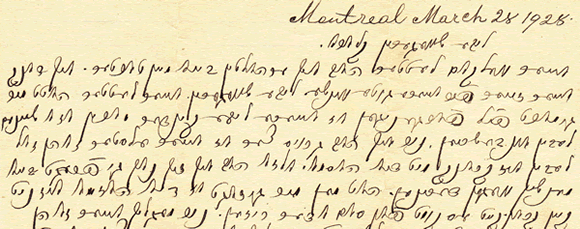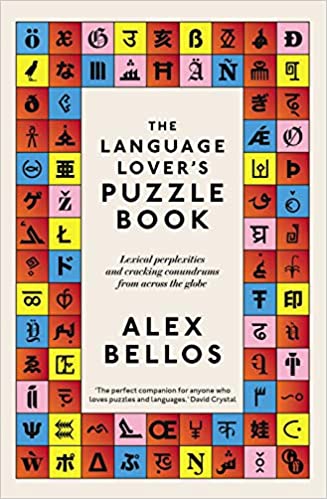
Recently I was sent a copy of a new book by Alex Bellos – The Language Lover’s Puzzle Book: Lexical complexities and cracking conundrums from across the globe, and agreed to write a review of it.
According to the blurb:
Crossing continents and borders, bestselling puzzle author Alex Bellos has gathered more than one hundred of the world’s best conundrums that test your deduction, intuition and street smarts.
The first chapter focuses on computer-related puzzles, including a regex-based crossword, soundex codes and a bad translation puzzle. To find out what these things are, you could buy the book. I had to read the explanations several times to understand them.
Other chapters contain puzzles based various languages, writing systems and counting systems from around the world. Some give you some examples words or phrases in a particular language, and then challenge you to work out how to write other words or phrases, or to identify aspects of the grammar of that language. There are also number-based puzzles using a variety of number systems.
Ancient, modern and constructed languages and writing systems are included, such as Welsh, Irish, Esperanto, Toki Pona, Javanese, Inuktitut, Egyptian Hieroglyphs, Phoenician, Khipu, Ogham, Linear B, Old Norse, Korean, Chinese, Japanese, Georgian, Greek and Cherokee.
Some of the puzzles look relatively easy to me as they involve languages and writing systems I’m familiar with. Others look quite difficult. Fortunately there are answers and explanations for all the puzzles at the back of the book. In fact the answer section takes up almost a third of the whole book.
I think I’ll have fun trying to solve them, and anybody reading this with an interesting in languages and writing might do as well.
You can also find a language quiz every Sunday on this blog, of course, and occasional writing-based puzzles on my Instgram.
